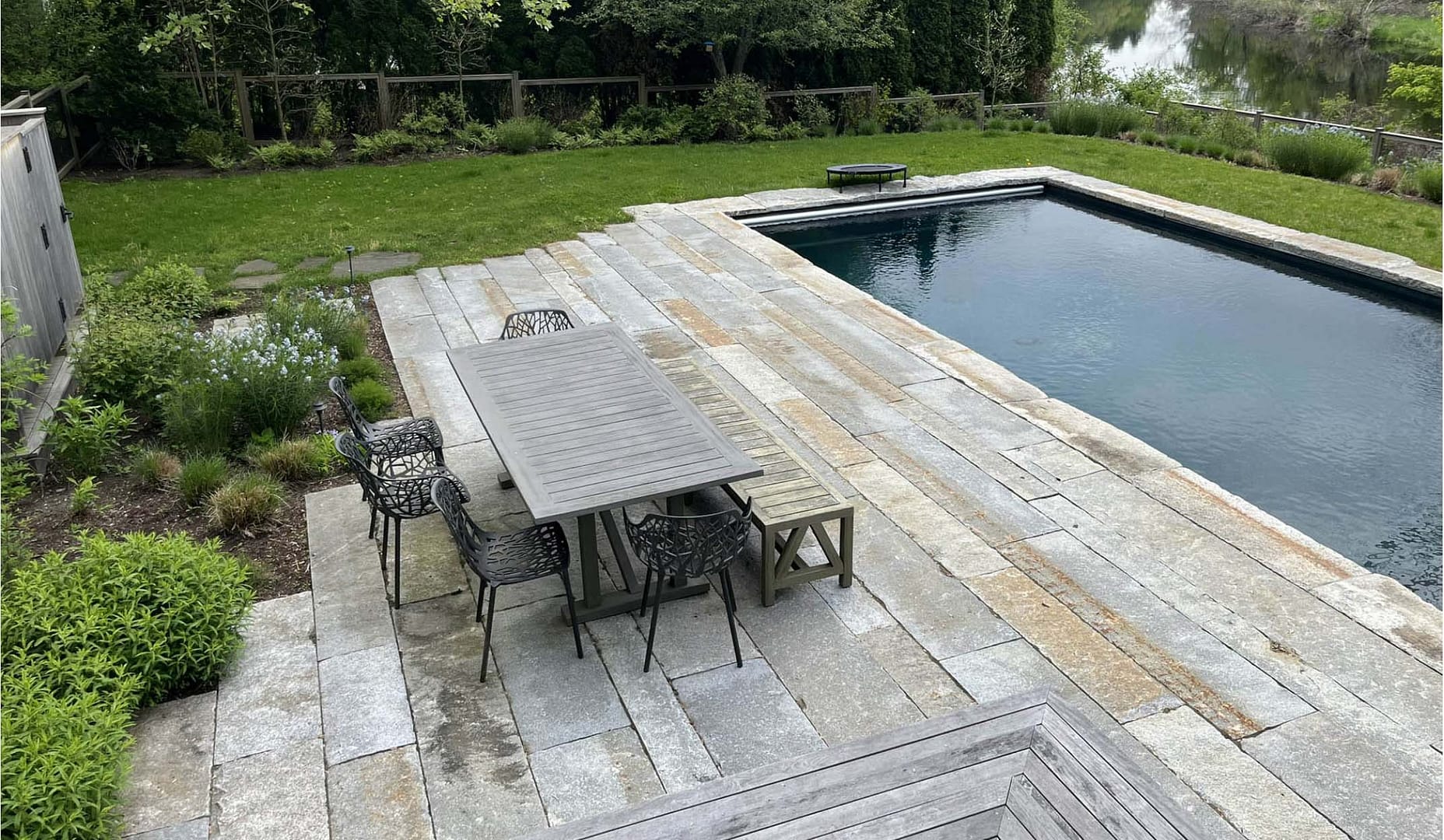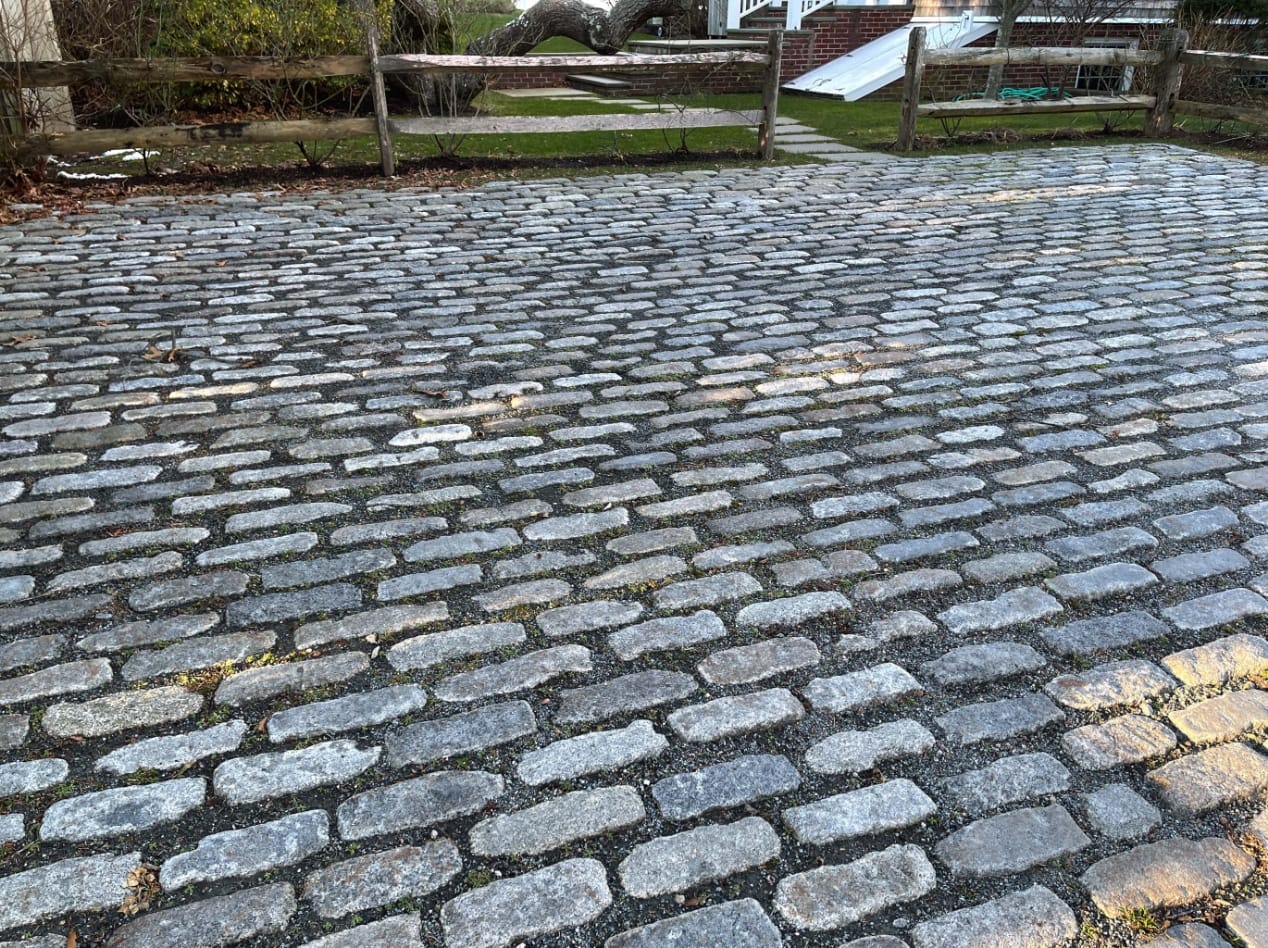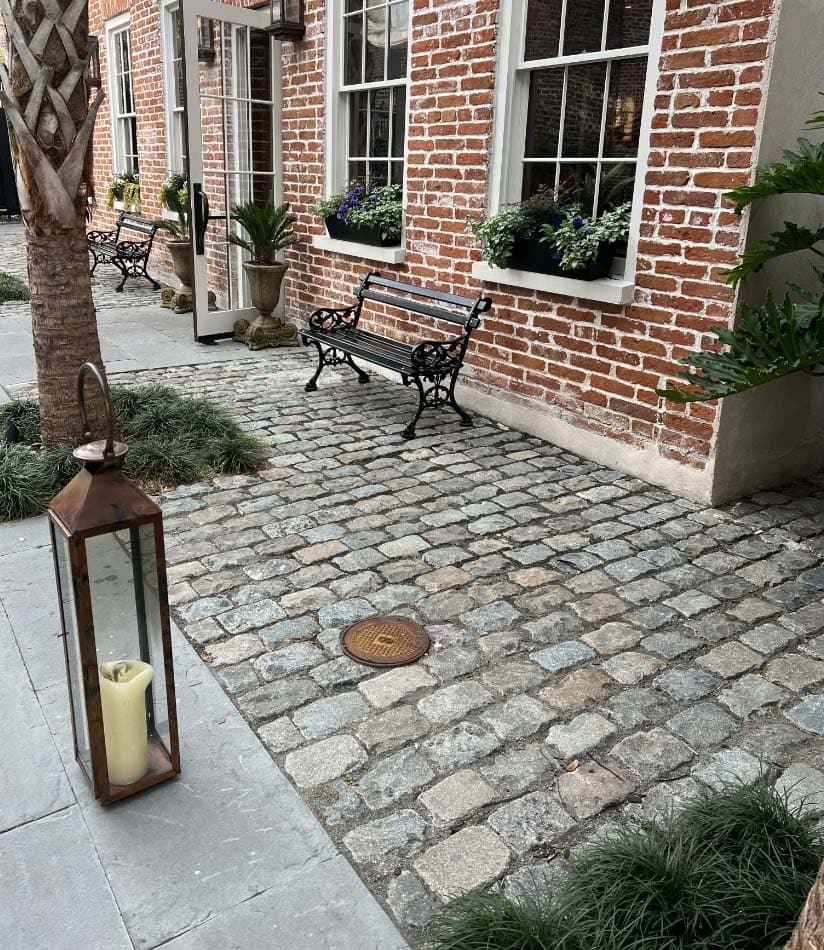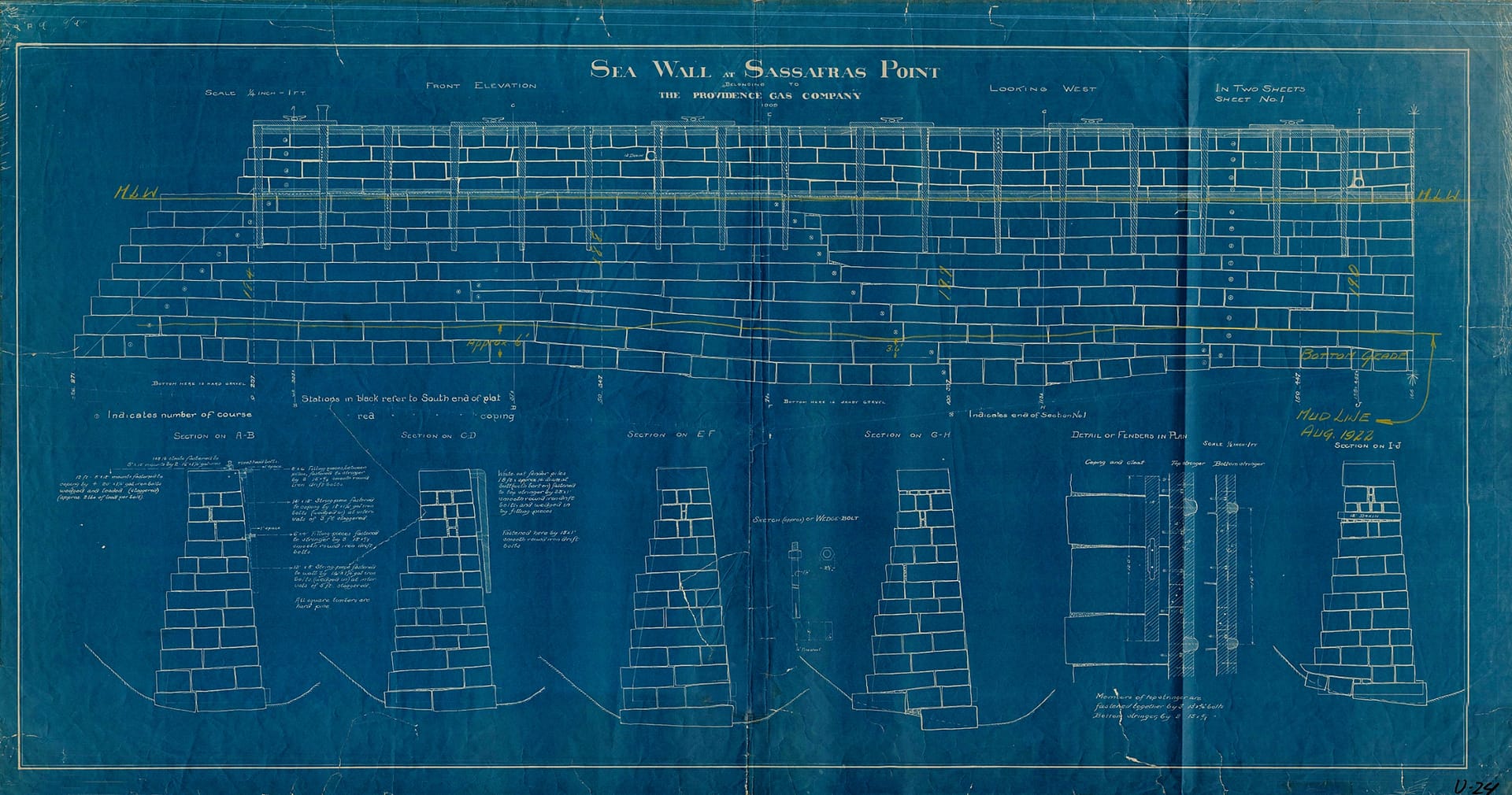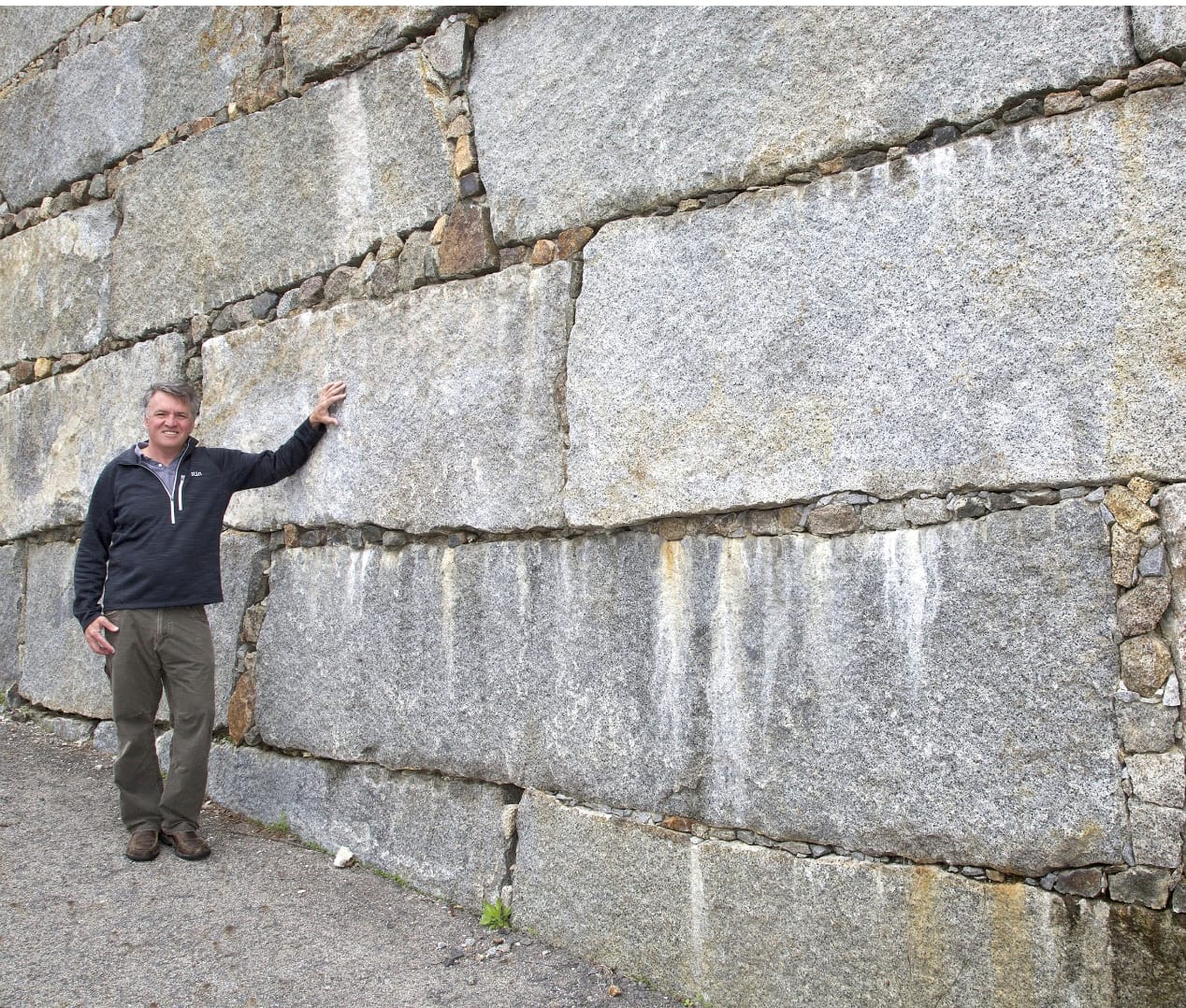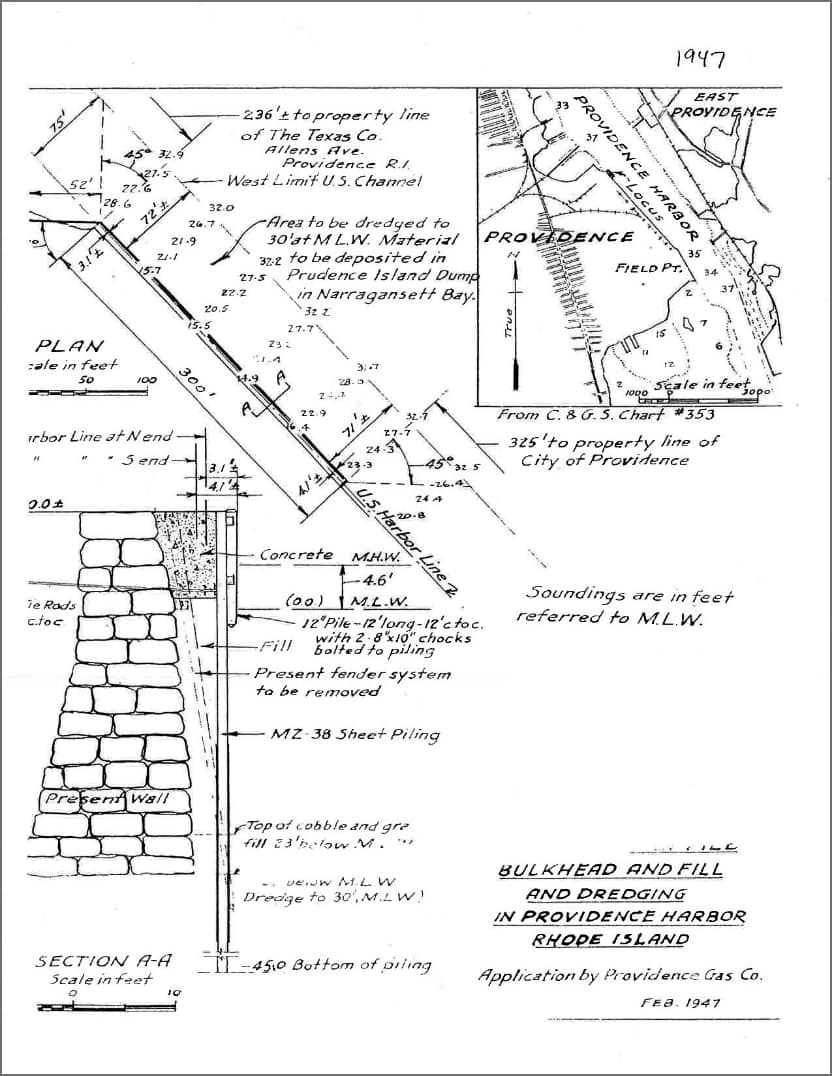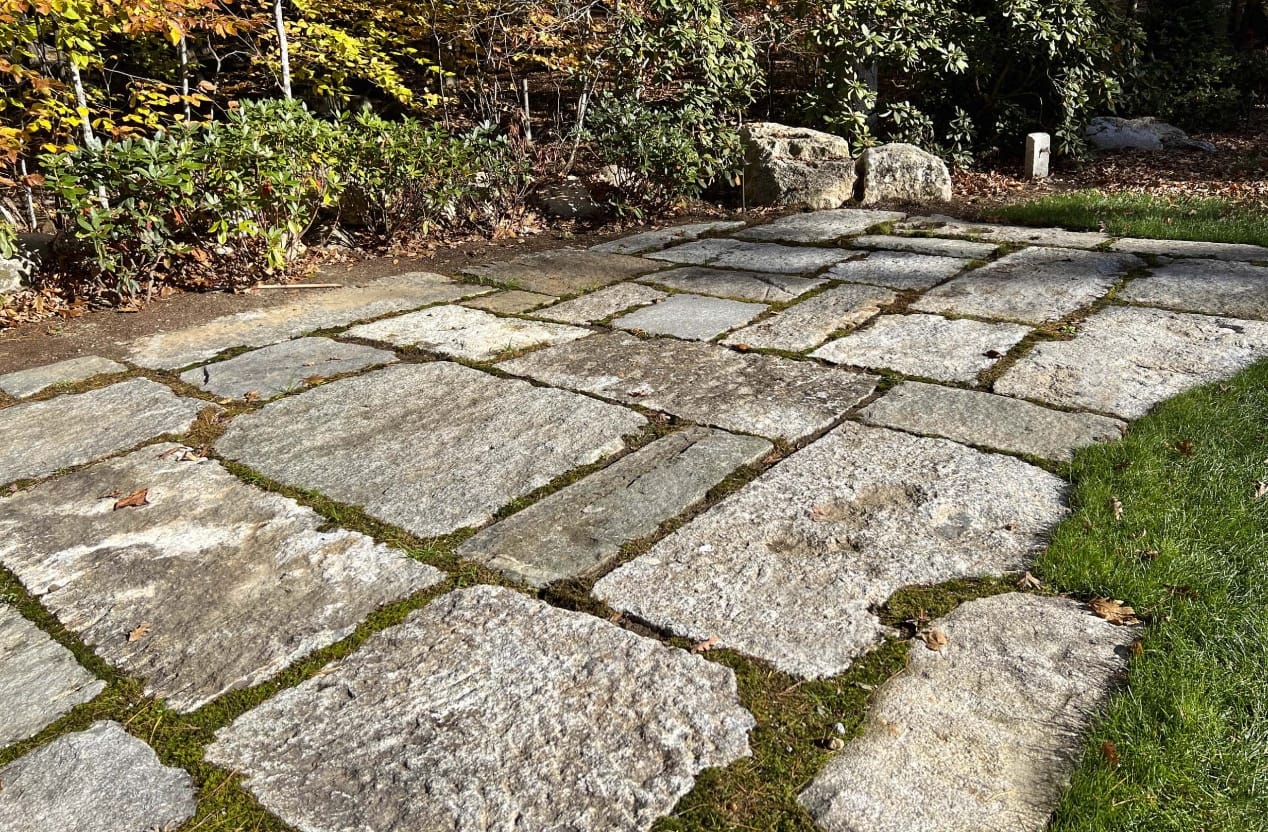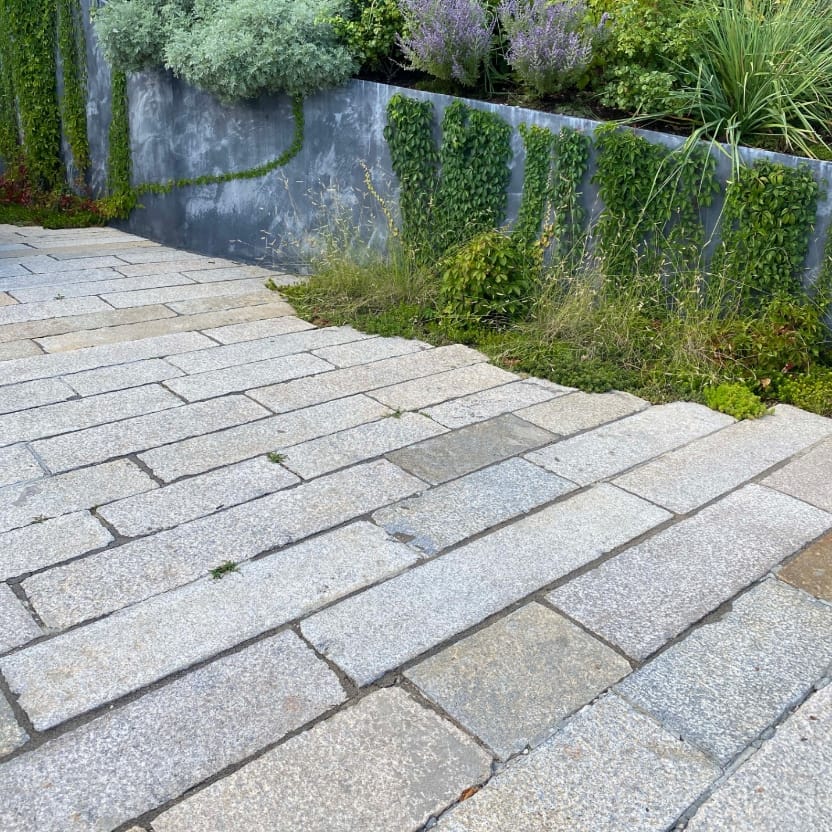HARVESTING & PRESERVING THE PAST:
A STONE’S JOURNEY
At Stone Curators, we like to say that ‘Every stone has a story.’ Just like a classic fable, our reclaimed stone travels a hero’s journey — often starting in a faraway land long ago — before being unearthed, transported to our Groveland Stone Yard, and installed in your next project.
There are many people involved and pages to turn from beginning to end. So let’s open the book on our process and uncover how our team discovers, harvests, and preserves the past with every stone.
Chapter 1: Seeking the next great stone
Discovering “new” old stones starts with a comprehensive search. We tap into our network — municipalities, demolition companies, local industry insiders, trusted international consultants — to find a lead on acquiring reclaimed materials. Sometimes the stone is just a few towns away, sometimes it’s halfway around the globe.
Over just the past few years alone, we’ve found many pieces in interesting places:
- Stunning granite curbs pulled out of the ground during a road replacement
- Durable stones and bricks saved for decades by a public works department
- Sturdy blocks and large slabs removed from a bridge reconstruction
- Centuries-old, footworn planks from an abandoned home in China
- Ornate posts, columns, and column caps from a historic cemetery
Chapter 2: A long list of logistics
Once we find the stone, we then determine how to excavate, load, and transport it. Whether we’re reclaiming European cobbles from a small village in Rome or New England cobbles from Boston’s Copley Square, there are a lot of questions to answer:
- What type of equipment is required to harvest the stone?
- How many truckloads — or boatloads — will it take to haul the materials?
- How much time and people-power will be needed to get it done?
From seawall to stone yard: One of our most intriguing finds was also one of our most challenging hauls. We reclaimed the top two layers of seawall blocks removed for pier reconstruction in Providence, Rhode Island. These truly unique stones — pounded by Atlantic Ocean salt and sand for more than a century — were also uniquely huge. It took 70 truckloads back and forth over three months to move everything to our yard.
Chapter 3: Evaluating the stone
- Color range – Beige, gray, salmon, pewter, yellow, brown
- Finish – Chiseled, cleft, split, bush hammered, pineapple, sawn
- Size – Length, width, thickness
- Shape – Cubes, regulation, medium, jumbo
- Adornments – Drill holes, tool markings, hooks, other embellishments
These factors help us determine the best application for each stone as we start to imagine the end of their story. Some materials may go to a fabricator for cutting to size or thickness. Yet we always keep an eye on the imperfections, edging, and finish — making sure to preserve each stone’s character along the way.
Epilogue: Your partner in stone
Every week, truckloads of the world’s most extraordinary stones complete their journey at Stone Curators. Some found an hour away, others having crossed continents and oceans. All of them ready to be sustainably repurposed for decades to come.
At this point, it’s a choose-your-own-adventure story: Will these planks, curbs, and pavers turn into dramatic backyard steps or a poolside patio? A heated driveway or breathtaking wall? That decision is up to you. Contact us when you’re ready to turn your bold vision into a lasting legacy in stone.

